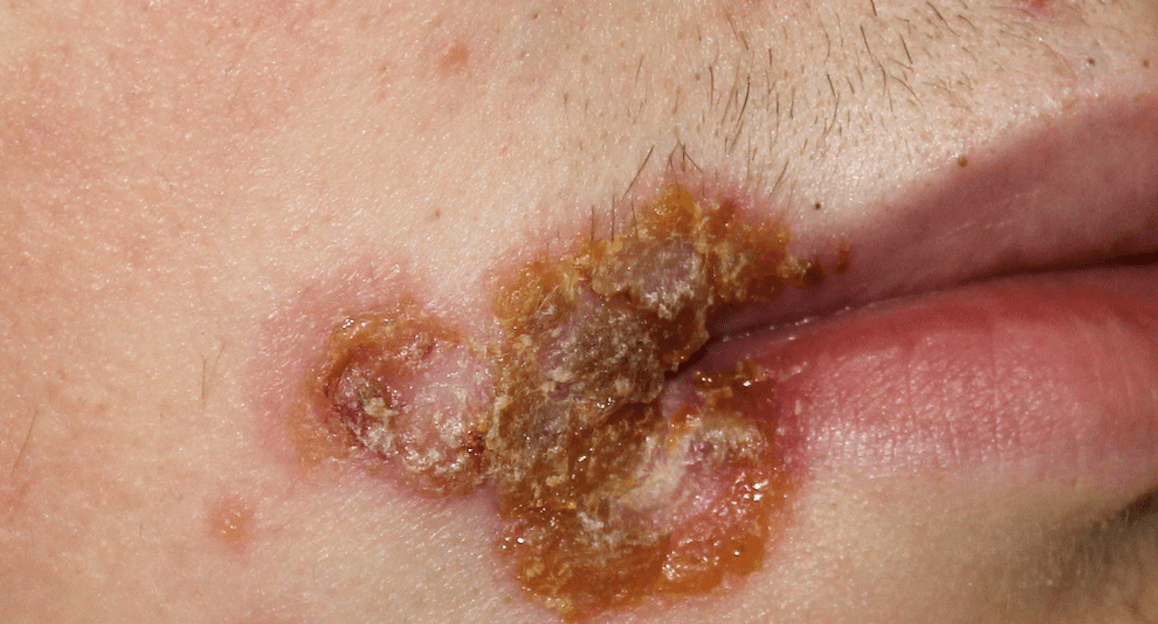IMPETIGO IS A HIGHLY CONTAGIOUS BACTERIAL SKIN INFECTION
London Dermatology | 3 September 2024
Usually affecting the face, impetigo is a highly contagious bacterial skin infection that predominantly affects youngsters but can sometimes strike adults.
There are two main types of impetigo: bullous impetigo and non-bullous impetigo.
Presently, non-bullous impetigo is more prevalent, making up about 70% of cases. Lesions start off as red sores that burst fast, expelling fluid and leaving behind a crust that is either honey-colored or golden-brown.
The hallmark of bullous impetigo is the rupture of huge, fluid-filled blisters that produce the same distinctive crust.
Staphylococcus aureus germs are typically the cause of impetigo. Impetigo can also be brought on by Streptococcus pyogenes, though less frequently. Small skin breaks, such as those caused by bug bites, scrapes, or scratches, or underlying skin disorders like eczema, scabies, or chickenpox, are usually how the infection enters the body.
Red sores that swiftly burst and flow, leaving a distinctive golden crust, are a common symptom of impetigo. These sores, which are typically itchy, can develop on the hands, feet, nose, and mouth regions of the face.
Larger fluid-filled blisters (greater than 5 mm in diameter) encircled by red skin may be seen in bullous impetigo.

